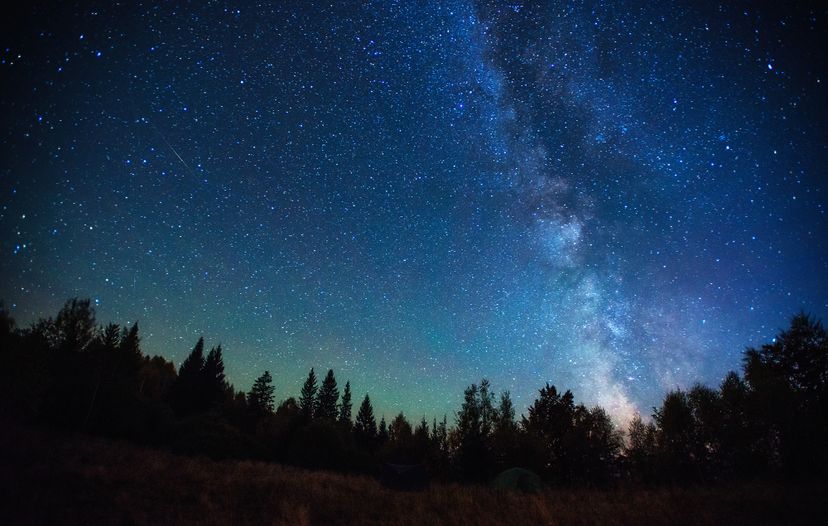
About This Quiz
The field of astrophysics covers some of the biggest questions about the universe. How did it form? What will happen to it? How do solar systems form? What are stars made of? Is time travel possible? Test your smarts on astrophysics with this quiz.The sun is almost 75 percent hydrogen.
The energy given off by stars comes from the fusion of atoms within the star.
The main sequence shows the changes that stars of a given mass undergo throughout their lives.
Advertisement
All the mass of a truly massive star can sometimes collapse into a single point of infinite gravity known as a black hole.
Kepler has spotted about two-thirds of all the planets outside our solar system that have been discovered so far.
Sunspots appear as dark areas on the sun's surface because they're cooler, although they're still well over 7,000 degrees Fahrenheit (4,000 degrees Celsius).
Advertisement
A massive exoplanet pulls its parent star back and forth as it revolves around the star. The slight changes in wavelength in the light emitted by the star can be measured.
Rogue planets move through the galaxy independent of any solar system.
Intergalactic stars move through the enormous spaces between galaxies. They may have been dislodged by galaxies colliding or accelerated into intergalactic space by supermassive black holes.
Advertisement
Molecular clouds are also known as stellar nurseries, since stars are born there.
Voyager I left our solar system and is now traveling through the interstellar medium, the space between solar systems.
The big bang theory posits that the entire universe was concentrated into a single point roughly 13.8 billion years ago, and that it expanded rapidly to form what we know as the universe.
Advertisement
The cosmic microwave background is the oldest light we can see, a remnant of the energy that filled the universe's earliest eras.
Redshift can be the result of actual movement of one object away from another or apparent movement due to the expansion of the universe.
A wormhole could allow rapid travel across vast distances or even time travel.
Advertisement
Continued expansion, leading to the heat death of the universe, is one of the leading theories on the universe's ultimate fate.
Dark matter doesn’t seem to interact with the electromagnetic spectrum in any way, making it effectively invisible. What it actually is and whether it really exists is a matter of great debate and experimentation.
Baryonic matter represents a small percentage of the expected amount of matter in the universe, which is why theories about dark energy and dark matter are so important.
Advertisement
A protoplanetary disk can coalesce into planets orbiting the star.
The stellar wind plays a prominent role in star system creation.
The sun will expand and become an enormous red giant before collapsing into a white dwarf.
Advertisement
Most galaxies seem to revolve around a supermassive black hole.
A black hole has infinite gravity — get close enough, and nothing can escape its pull.
Stars passing in front of Sagittarius A have allowed physicists to estimate the object's mass at more than 4 million times that of the sun.
Advertisement
Spectral analysis shows astronomers the relative quantities of various chemical elements in the star.
Stars are classified by their hotness, first on a scale that goes O, B, A, F, G, K and M, then by numbers from zero to 9. The final letter, V, indicates that our sun is a main sequence star.
Spiral galaxies can either have a pinwheel shape or, more commonly, a central bar with spiral arms.
Advertisement
When galaxies collide, the result can be strange-looking galaxies with almost no shape (just formless clouds of stars) or really distinctive shapes (like a doughnut-shaped galaxy).
The core is significantly hotter, since a constant nuclear fusion reaction is blasting out gamma radiation.
Binary stars can develop into strange and exotic systems, such as systems where one star draws energy and matter from the other.
Advertisement